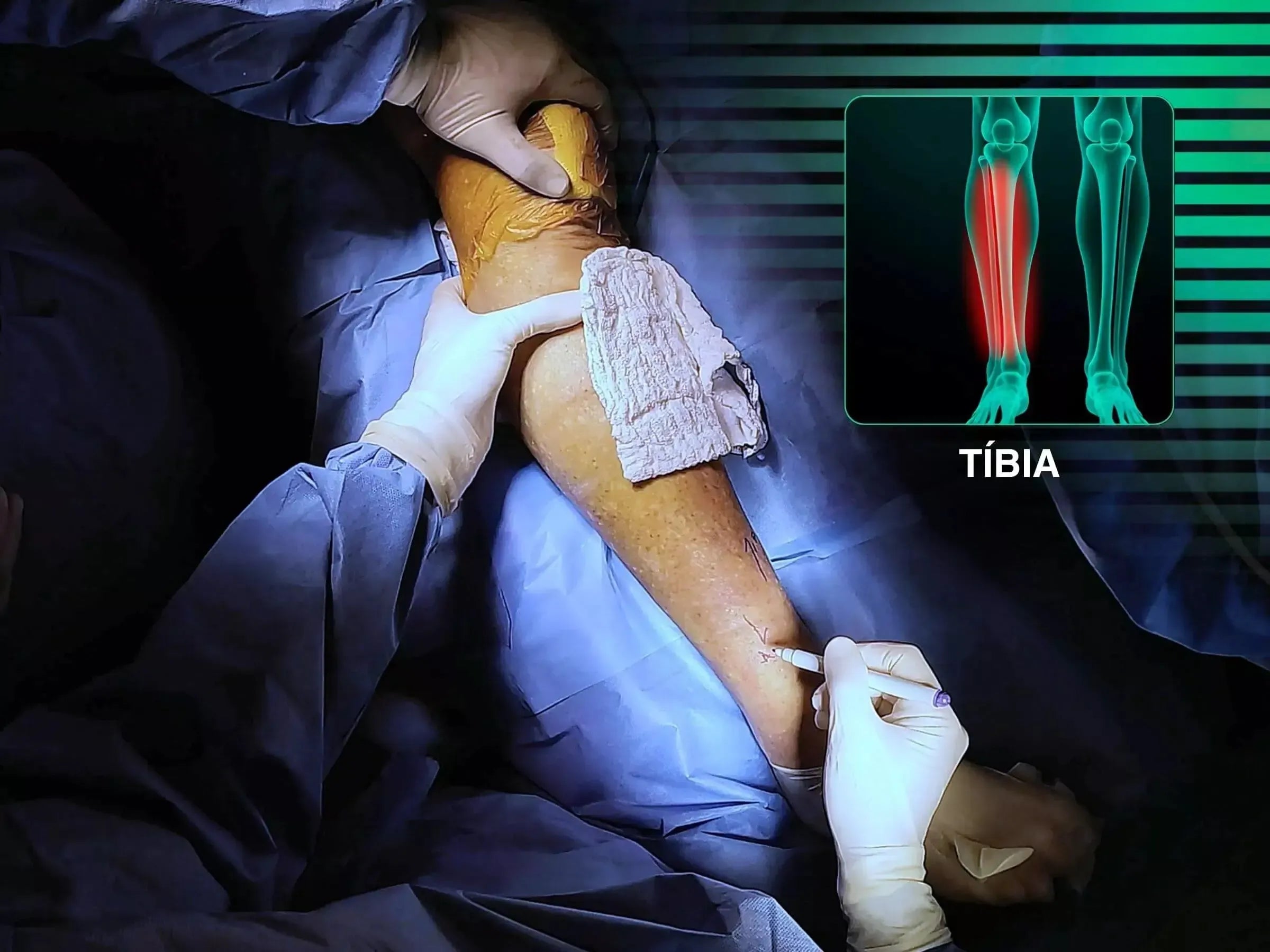
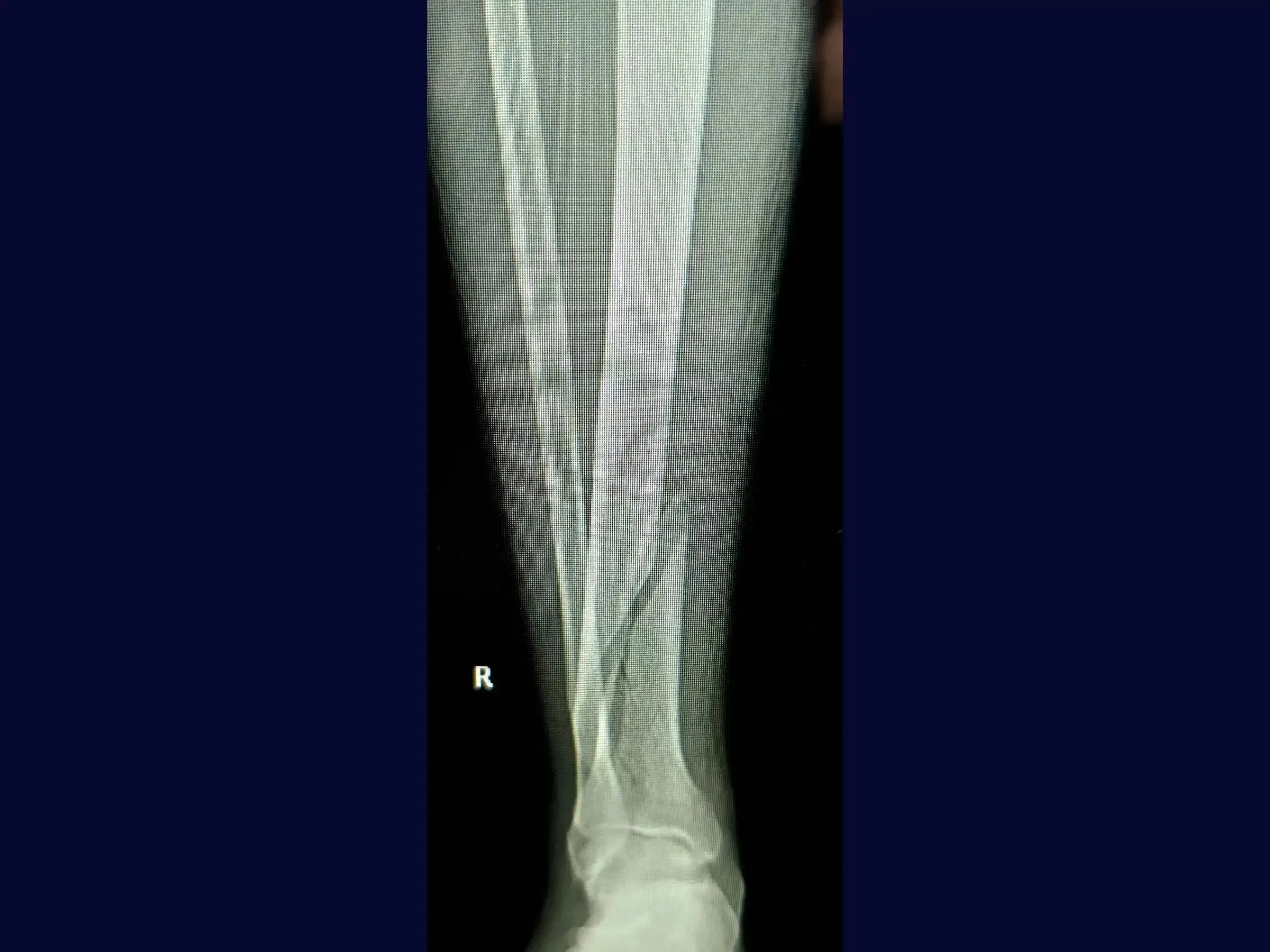
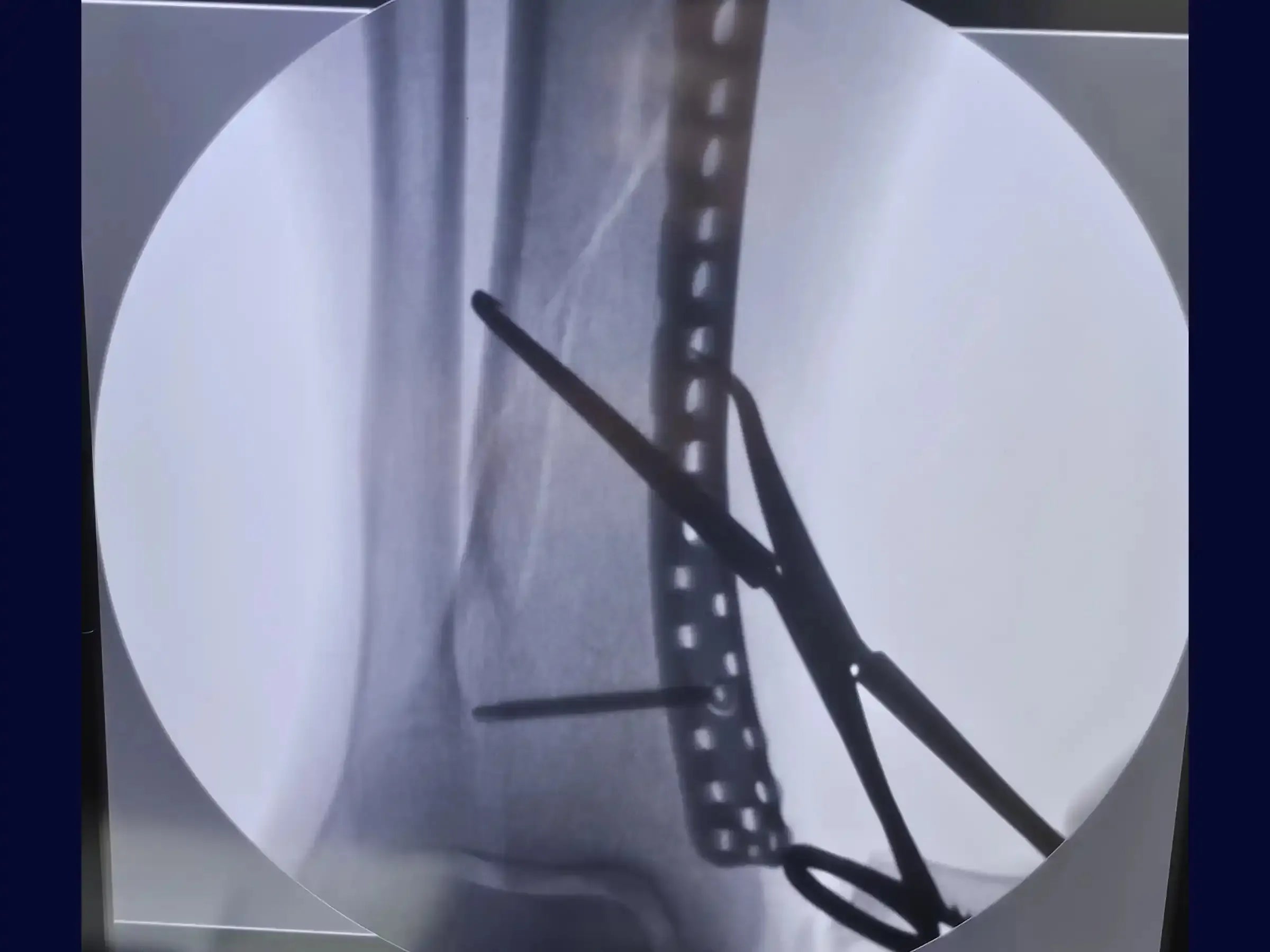
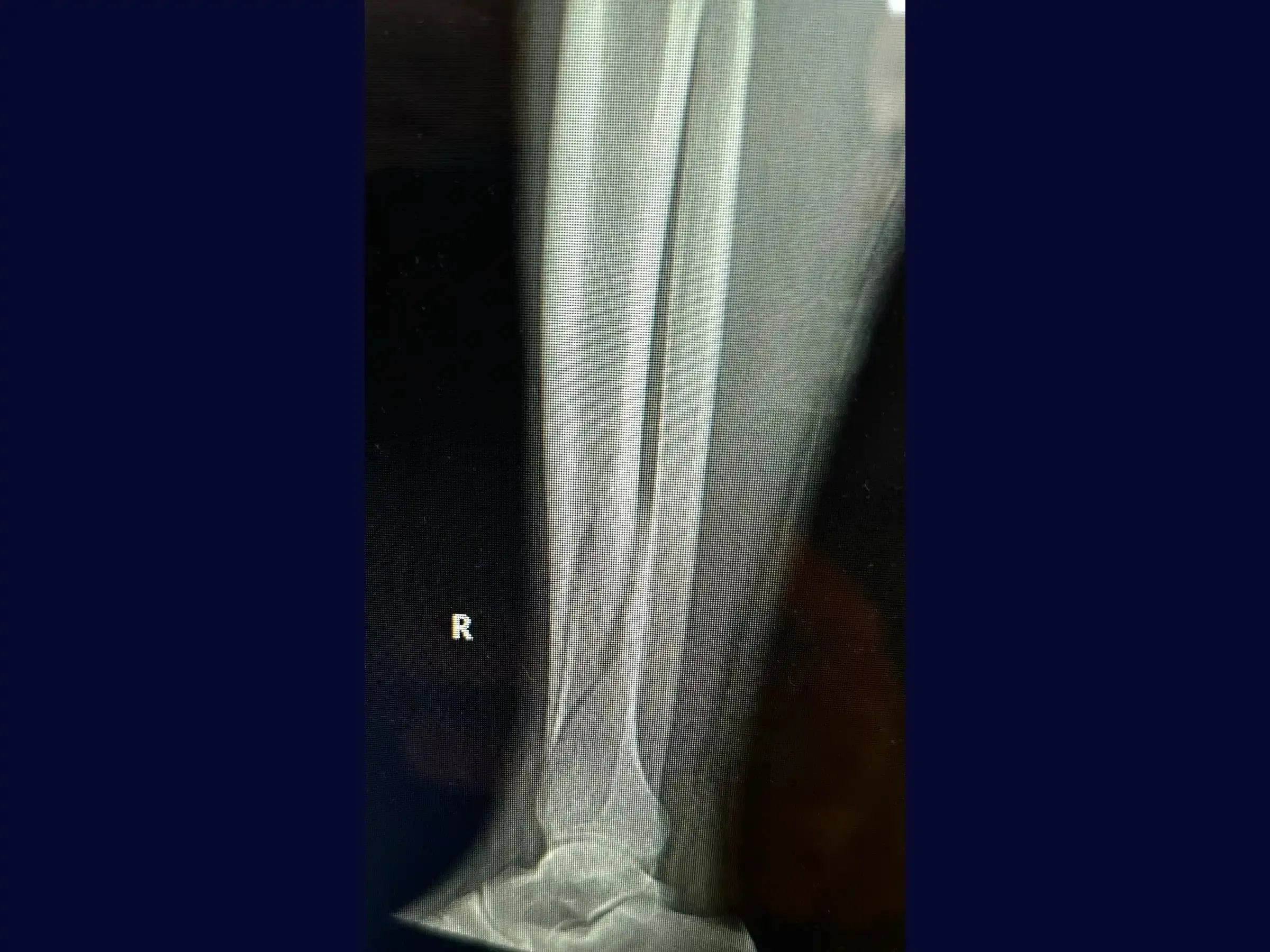
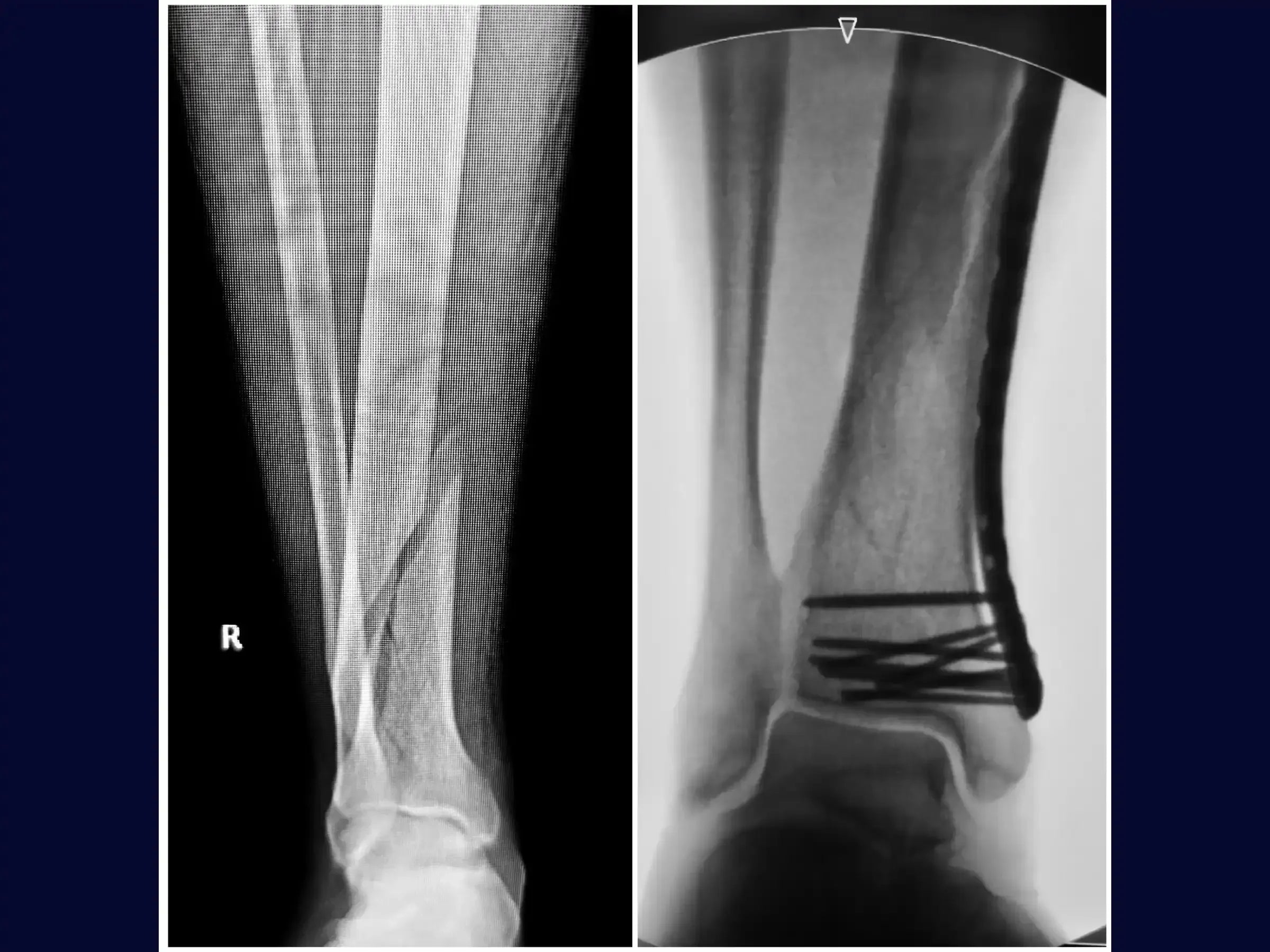
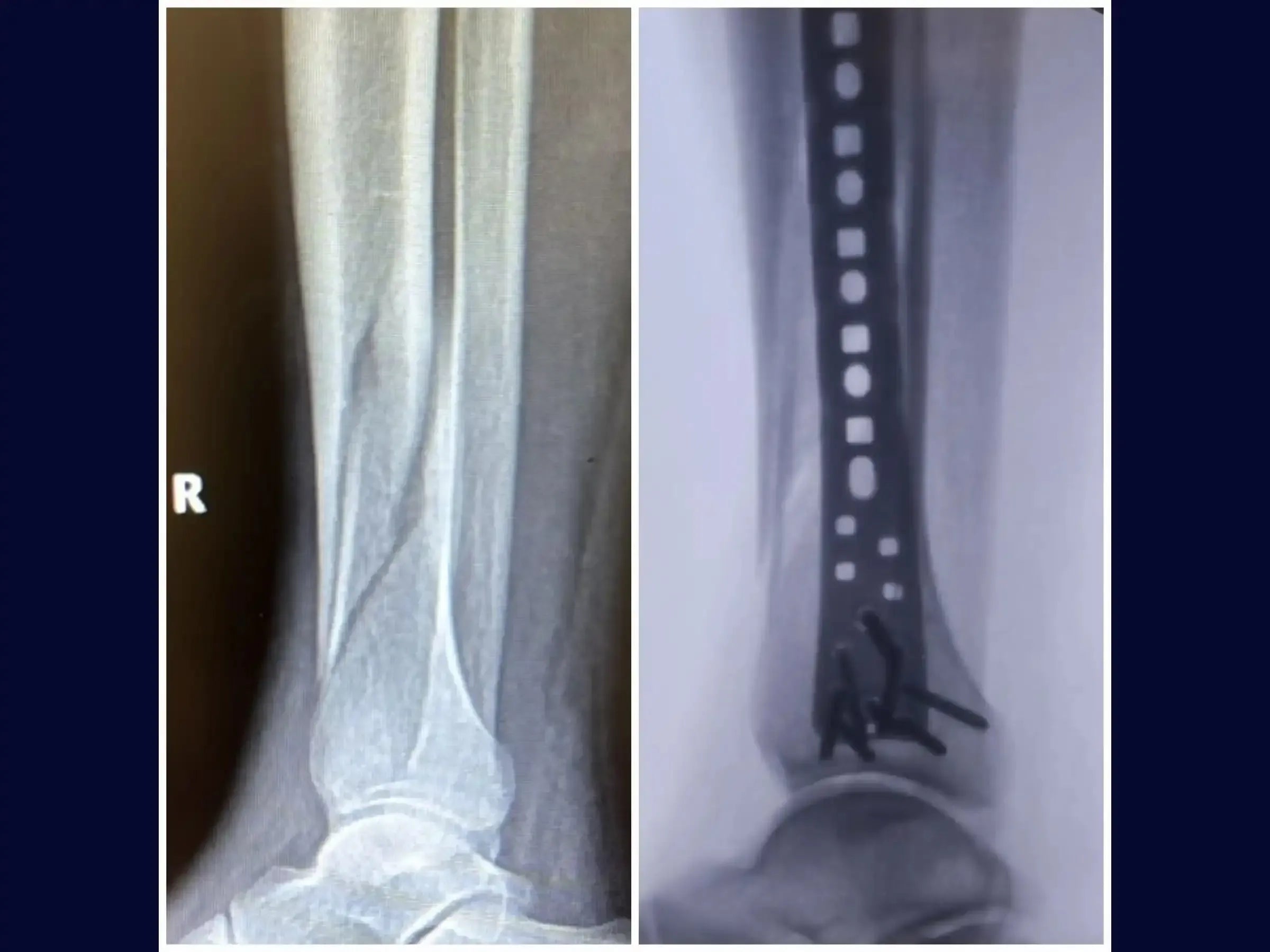
Distal Third Tibia Fracture - Treatment with Locking Plate
Optimize the fixation with a locked plate under 4K precision viewing.

Dr. Savio Chami
Médico Ortopedista
Disponível em::





Videos em 4k
Dublagem Profissional
Escolher opções






Distal Third Tibia Fracture - Treatment with Locking Plate
Preço promocionalR$ 0,00
Preço normalR$ 599,00

Dr. Savio Chami
Médico Ortopedista
Questions & Answers loading...
Descrição
Master the treatment of diaphyseal tibial fractures. This training offers a technical immersion in locked plate osteosynthesis via a minimally invasive approach, presented with a focus on anatomical reduction and stable fixation.
Training Focus:
- Surgical treatment of diaphyseal tibial fractures with long oblique and spiral patterns.
- Use of locked anatomical plate.
- Minimally invasive approach.
- Preliminary and final percutaneous reduction.
- Optimization of osteosynthesis.
Detailed Content:
- Optimized Preoperative Planning: Assessment of diaphyseal tibial fractures and associated fibula fractures through X-ray and computed tomography for precise planning.
- Minimally Invasive Access: Creation of access portals in the skin guided by a dermographic pen and image intensifier for the introduction of percutaneous reduction clamps.
- Safe Percutaneous Reduction: Methodology for obtaining preliminary and final percutaneous reduction with reduction clamps, including traction and rotation maneuvers of the ankle, accompanied by an image intensifier.
- Tunnel Creation and Plate Insertion: Technique for creating a submuscular tunnel with a long dissector, guided by palpation, for the introduction of the anatomically pre-twisted locked plate.
- Definitive Fixation and Optimization of Osteosynthesis: Procedure for drilling and inserting distal screws in the distal third of the tibia, with the plate positioned snugly against the bone to avoid irritation of the medial malleolus.Insertion of an additional screw near the fracture focus to optimize energy distribution and balance the osteosynthesis. Finalization with proximal screws.
- Comprehensive Final Assessment: Confirmation of anatomical reduction, sufficient number of screws, proper positioning of the long plate, relative stability, and maintenance of external rotation similar to the contralateral side.
Included Material:
- Complete Technical PDF: Step-by-step guide of the procedure, from patient positioning to surgical closure.
Enhance your skills in trauma surgery. Enroll now and master advanced techniques in the treatment of diaphyseal tibia fractures.

